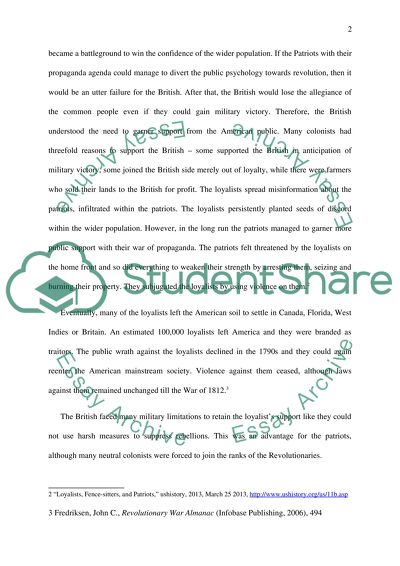Cite this document
(“Revolutionary War Essay Example | Topics and Well Written Essays - 2000 words”, n.d.)
Retrieved from https://studentshare.org/history/1471594-revolutionary-war
Retrieved from https://studentshare.org/history/1471594-revolutionary-war
(Revolutionary War Essay Example | Topics and Well Written Essays - 2000 Words)
https://studentshare.org/history/1471594-revolutionary-war.
https://studentshare.org/history/1471594-revolutionary-war.
“Revolutionary War Essay Example | Topics and Well Written Essays - 2000 Words”, n.d. https://studentshare.org/history/1471594-revolutionary-war.


